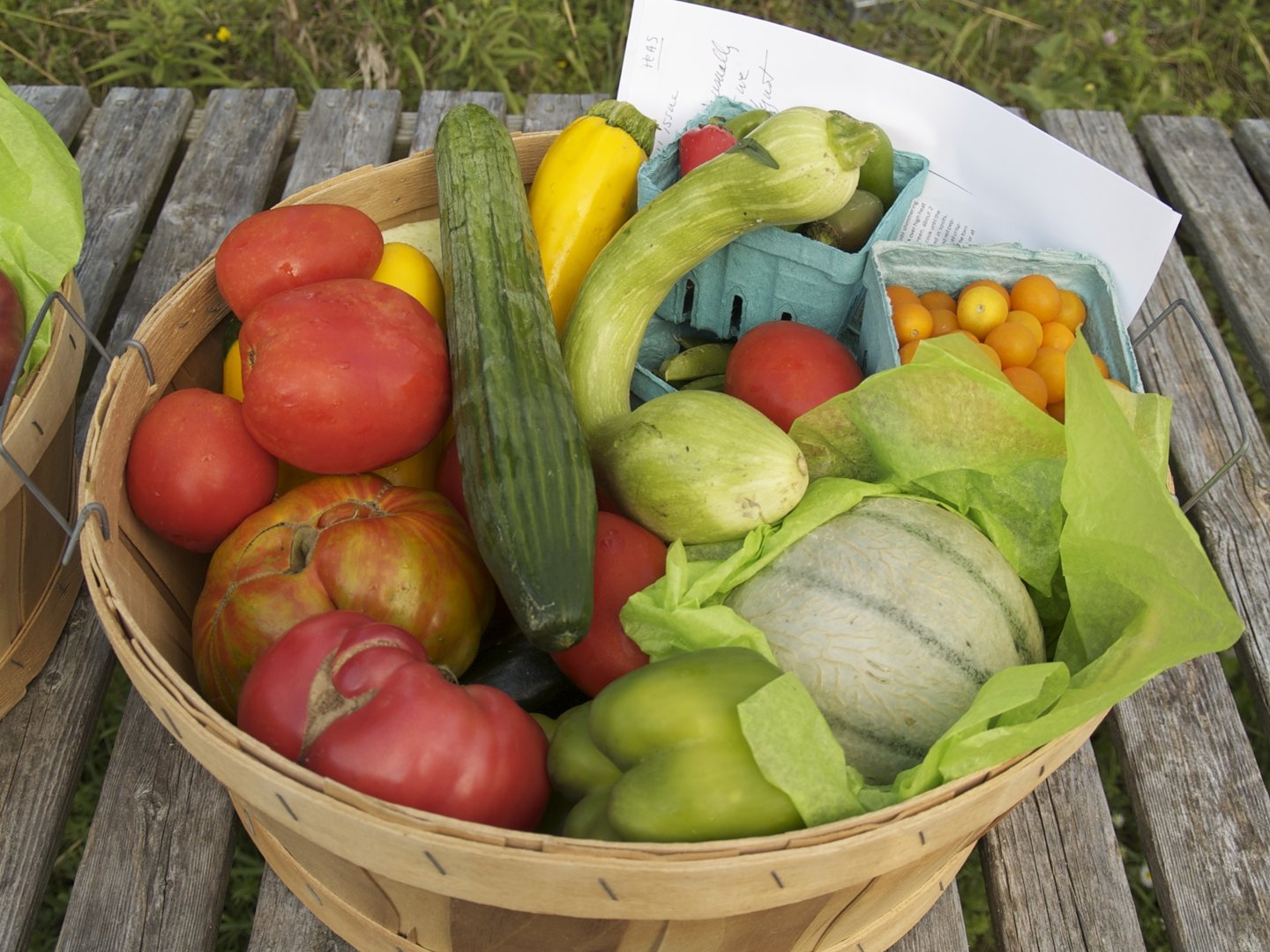A cutting-edge method of producing plants, hydroponics includes growing them in nutrient-rich water without the use of soil. Hydroponics is becoming more common in agriculture due to its advantages over soil-based farming. In this blog post, we will examine the fundamentals of hydroponics and its benefits.
A technique for producing plants called hydroponics substitutes water for soil as the main growing medium. In hydroponics, plants receive nutrients from a water-based solution tailored to their needs, rather than soil. The solution continuously recirculates and undergoes monitoring for appropriate levels of nutrients, oxygen, and pH.
Hydroponics offers a number of advantages, one of which is the ability to precisely control the growing environment. Growers can more readily control variables like nutrient availability, pH levels, and water quality by doing away with soil. This precision in nutrient use allows for faster plant growth and larger harvests. Hydroponic farming can grow crops in poor soil or in urban areas where conventional farming is impractical.
There are several different types of hydroponic systems, each with its own unique advantages and disadvantages. Some common types of hydroponic systems include:
Deep Water Culture (DWC): Plants are suspended in a nutrient solution, with their roots submerged in the water.
Drip Irrigation: Nutrient solution is dripped onto the plants from above, allowing the roots to absorb the nutrients.
Nutrient Film Technique (NFT) continuously flows a thin film of nutrient solution over plant roots, allowing for nutrient absorption.
Aeroponics: Plants are suspended in a mist or fog of nutrient solution, with their roots exposed to the air.
Additionally, hydroponic farming is more sustainable than conventional soil-based farming. Hydroponics requires up to 90% less water than conventional agriculture since it does not need soil. Additionally, hydroponic systems can recycle water, further reducing their water demand. Hydroponics is a more environmentally friendly method of farming since it uses less water and consequently uses less fertilizer and pesticides.
Hydroponics is not only sustainable, but it can also increase farmers’ profits. Hydroponic systems enable farmers to produce more crops in less time with fewer resources because they enable faster growth rates and higher yields. One may expect an increase in profits and more efficient use of resources.
While hydroponics has many advantages, there are also some challenges to this method of growing plants. The initial cost of setting up a hydroponic system can be a significant challenge since it can be more expensive than traditional soil-based farming. Additionally, maintaining the proper nutrient levels and pH balance in the water can be a complex process that requires careful monitoring and adjustment.
Therefore, hydroponics is a cutting-edge and environmentally friendly method of producing plants that has a number of advantages over conventional soil-based farming. Hydroponic systems can more precisely manage the growing environment because they don’t require soil, which results in quicker growth rates and greater yields. Hydroponics can help make farming more environmentally friendly by requiring less water and fertilizer and pesticide use. Although there are certain difficulties in putting hydroponics into practice, it is becoming a more and more common choice for gardeners and farmers all over the world due to its potential advantages.
